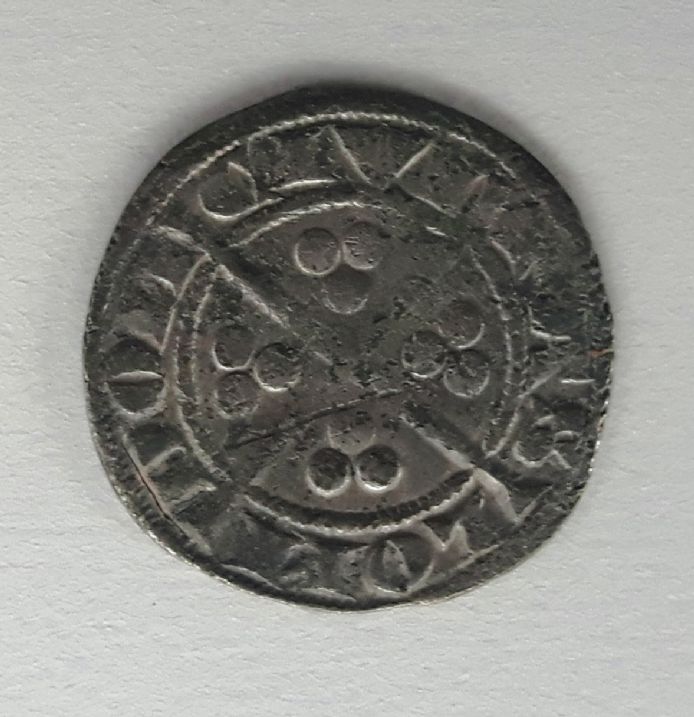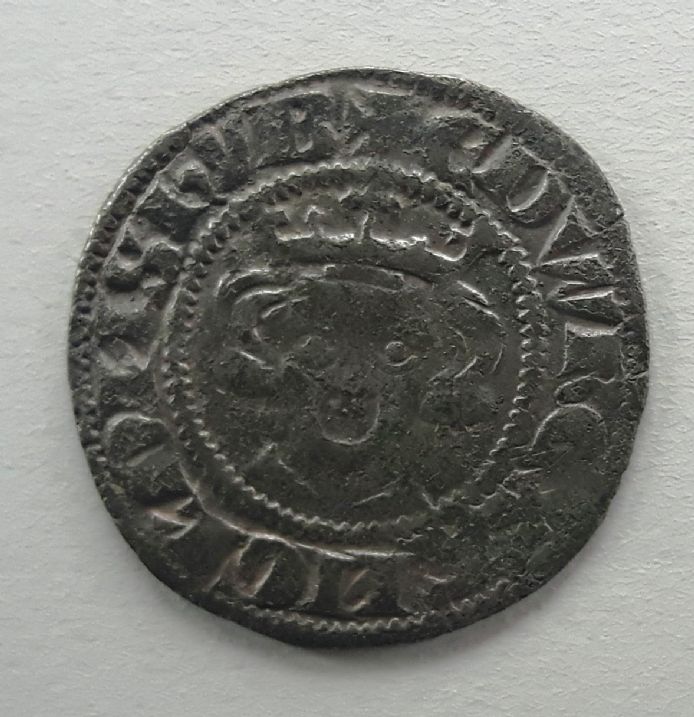Historians investigating people and places in this period will naturally start by identifying - as accurately as possible - events and their dates, and assessing the value of the sources used. But apart from this, it is also useful to consider what may be discovered (or inferred) about the social background against which the events occur, especially if explanations of the reasons for the events are required. This background context will include the social organisation and the beliefs and knowledge of medieval people.
Control or ownership of the land being studied is not too difficult to ascertain, since it was important for the people involved, whether King or lord of a small manor, to ensure written records were kept for the protection of their descendants. Any general history of Cornwall will provide most of the written names recorded from around the time of the Anglo Saxon Chronicle onwards. Many documents may also preserve financial details and records such as court cases, which help to identify the different structures of medieval society.
From these, Fryde has described how in medieval times Cornwall was ‘an area of many long-established, very conservative estates enforcing tenaciously and oppressively the rights of lords over their dependent peasants’ - much more so than in the rest of England. The lord might, for example, be entitled to all the movable goods of servile tenants when they died. It is true that serfs by birth had fixed rents but they were liable to heavy taxes such as tallage, merchet (tax on a servile women wanting to marry), chevage (for permission to live outside the lord’s land), and an expensive licence for allowing a son to go to school or to be ordained as a priest.
Although it was possible for a lord to free a servile tenant, such manumission was infrequent in Cornwall, which remained one of the counties with the highest proportion of slaves. Some ‘unfree’ status continued even into the time of James I. With its backward state of agriculture, medieval Cornwall remained poor and the ability of the various types of tenants to object, or to try to save up to buy their freedom, was small. Even ‘conventionary’ tenants could hold land for only seven years, after which their leases were put up for auction; before that, any such tenant could be removed for ‘unsatisfactory behaviour.’ The only limit on the power of local or regional lords was that if their demands became too extreme, the population, especially the younger members, would simply seize any opportunity to emigrate and disappear.
Moving up the social scale, the lives of the various lords of estates and manors - and their larger sub-tenants - offered many more opportunities. For example, Henry de Tyeys, born around 1200 and made lord of Tywernhaile about 1221 is recorded as serving as a mercenary in Gascony with Richard, the brother of King John. It is probably safe to assume that a single man would not be mentioned by name unless he was the leader of a useful band of knights and squires from Cornwall and elsewhere. He was rewarded with various estates, probably including Alverton (which included what is now Penzance, and extended northwards and westwards into the modern parishes of Sancreed, Paul, St Levan and St Buryan), as his son was born there in 1235.
 The probable site of Alverton Manor today
The probable site of Alverton Manor today
A medieval lord may have found it useful to educate at least his eldest son, and could have been literate himself, insofar as although books were rare, some of the texts from ancient Greece and Rome had been copied and transcribed and might have been available to read in the nearest monastery. It would not, however, be strictly necessary to be able to write more than one’s name since a scrivener could be summoned from the same monastery.
Researching the features of the society in which any particular person in this class lived in the early 1200s in West Cornwall, raises many questions. For example, what language/s might they use? An example might be Sir Vyvell Vyvyan who lived at Trevidrian in St Buryan about 1200. By oral tradition the Vyvyans were an ancient Cornish family, pre-dating the Normans, so they might have ancient Cornish as their everyday language - especially for use with tenants in the lower classes. They might also speak Anglo-Saxon English, although by 1200 this could be less important than Norman French. Hearing it at church, they would be familiar with some Latin. They could also have known something of a variety of European languages through contacts with the local monks – who could have come from a number of European regions – and with visiting trading ships.
Vyvell’s knowledge of the world would be based on these contacts. Local fishermen would tell him that they were careful not to sail too far westwards, in case they fell off the edge of the flat world. Traders would mention kingdoms or regions all around the Mediterranean (literally the ‘Middle of the World’) and stories of rumoured, more distant places to the south and east - and he would already have heard of the Vikings, recalling King Canute. To move around in his own region, or nationally, he would use small sailing ships or galleys, or travel by horse accompanied by guards.

A medieval vessel of the kind Sir Vyvell Vyvyan might have used in about 1200
I, VollwertBIT / CC BY-SA
To a modern historian, the medieval world as seen by its inhabitants would be very small - but the amount of travelling by individuals should not be under-estimated. Landowners in the Norman feudal system would constantly be moving between their scattered manors, sometimes a few hundred miles apart; monks often travelled widely from one monastery to another, either sent or seeking a better order; the King and Royal court moved around the country, both to establish their rule and identity and also as a means of feeding themselves. There was constant state pressure on localities to maintain and extend the old Roman roads – the concept of the ‘King’s Highway’ became established, particularly by the notorious King John: in fact a very conscientious ruler, keen to ensure a common system of law over the country.
Pilgrimage was also becoming popular. In Cornwall, much of the modern A30 and A303 roads follow very ancient routes from Cornwall to Bristol, and then on to London and northwards.
Landowners and tenants in medieval Cornwall, as well as builders, architects, merchants, traders and moneylenders, all wanted and needed to keep records - such as who had paid their rent or how to exchange foreign coins. One particular difficulty they faced was the system of coins. These could vary in type and origin, but was based largely on the amount (in weight) of silver contained.


For example a penny - the average day’s pay for a skilled labourer - could buy 24 eggs, two large loaves and two gallons of ale. For smaller amounts of work or goods, a penny would be cut in half or a quarter. Mathematics was even more of a difficulty. The Roman numeral system, where numbers were represented by letters and there was no consistent number ‘base’ or place value, was in general use (as shown for example in Domesday Book). This meant that calculations, even simple additions, were complex - try subtracting CCXLVI from DCCLXXXIX!
Fortunately, the abacus – a frame with moveable counting buttons, was available and those who could afford it, would pay an expert to keep their accounts.
This short article can suggest only a few of the factors that could be considered when researching any topic in medieval Cornwall. There are many more, and these would include: the legal system and how crime was dealt with, the role of women, the development of the Christian religion, weather and climate, infection and disease. Perhaps topics for further Penwith Papers!
Dawn Walker
Other information from ‘The Making of the Middle Ages’, R W Southern 1953 pages.

Penwith Local History Group

Edited by
Sally Corbet
price £10
plus p&p

